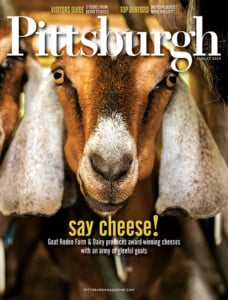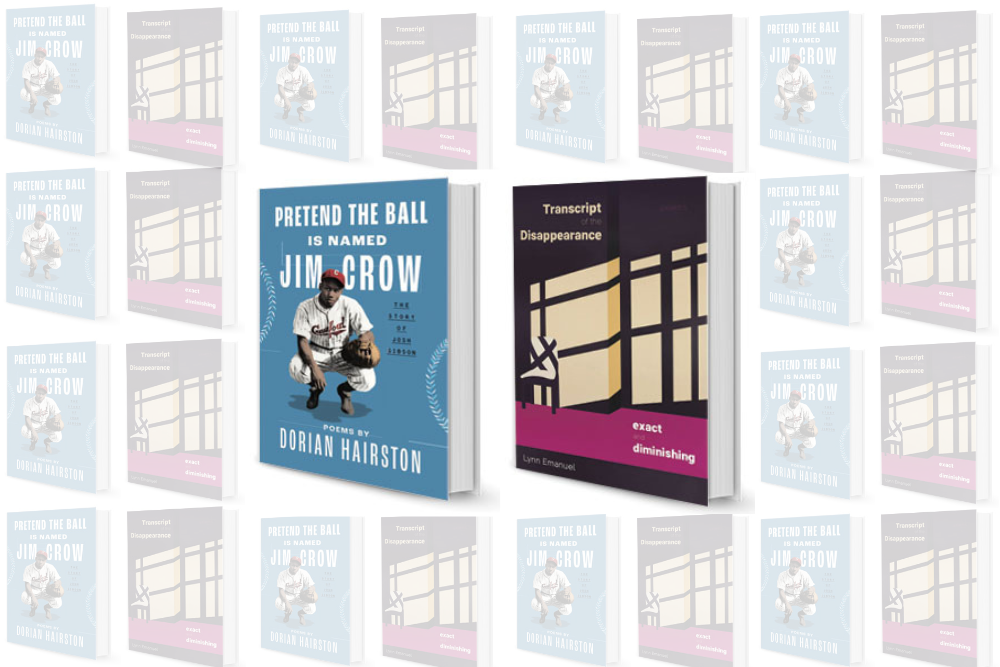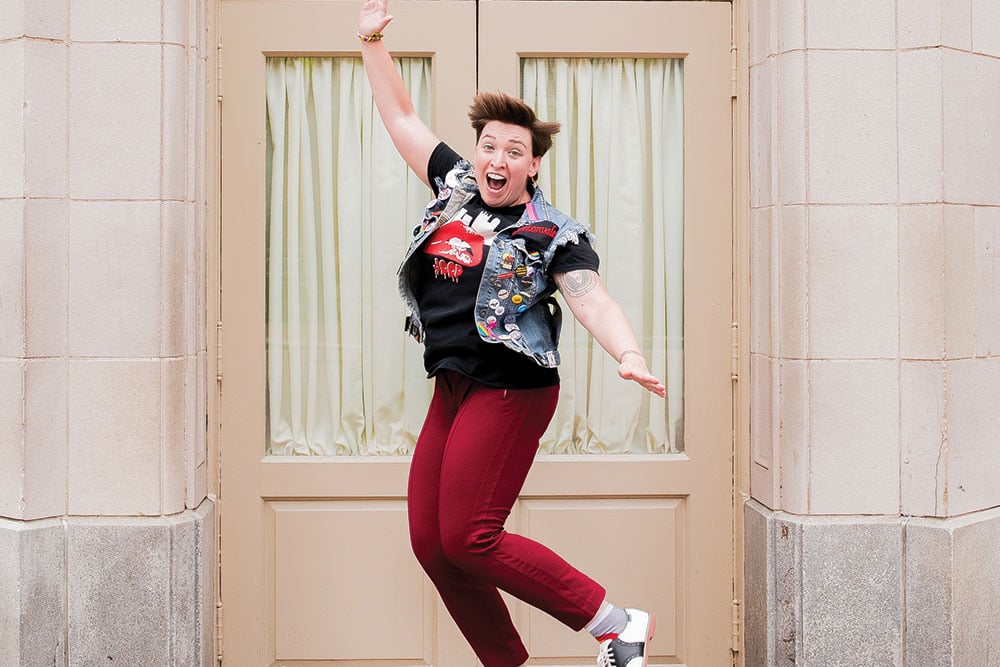“The Science Behind Pixar” Is Larger Than Life
Feel like a kid again at this interactive exhibit, which runs through Jan. 5 at the Carnegie Science Center.

IN THE RIGGING AREA, VISITORS POSE WITH MODELS OF MIKE AND SULLEY FROM “MONSTER’S UNIVERSITY.” | PHOTO © MICHAEL MALYSZKO
My experience with Pixar started with VHS.
Kids today wouldn’t understand having to manually rewind film tape to relive the movie magic. Instead, they can see their favorite Pixar movies come to life right before their eyes at the Carnegie Science Center’s new exhibit “The Science Behind Pixar.”
The exhibit’s media preview included roughly 20 sixth and seventh graders from the Schiller STEAM Academy, but hey, this exhibit is for adults, too!
Everyone — from museum staff to the students and myself — was excited. Or “buzzing” with excitement, you could say. (“We are excited to infinity and beyond” was also a clear contender in the pun category and used by Science Center Chief of Staff Kim Amey.)
“For me, ‘The Science Behind Pixar’ really stands apart from the other exhibits that we’ve had here for several reasons. The first is how it beautifully blends those STEM disciplines — science, technology, engineering and math — with the arts,” says Amey.
The exhibit — and your journey into the world of animation — starts with a short film about the people and processes behind creating an animated movie. Something as potent and emotional as Boo’s relationship with Sully (“Monsters, Inc.”) or Marlin’s pain and anguish after learning that all but one of his children were killed (“Finding Nemo”) all begins with a sketch.
From there, the sketch becomes digitized, sets are created, lighting is adjusted and entire worlds are built. Amey is right, this exhibit really does combine math and science with arts and creativity.
After the short film, you enter onto the top floor of the exhibit, which spans 12,000 square feet across two floors. When the doors open, it’s like walking into your television screen and entering the world of your favorite characters.
A life-size Buzz Lightyear is there to greet you and teach you about modeling — that is, creating virtual, 3-D models of the characters. There are more than 50 hands-on, interactive workstations that cover topics from modeling to rigging to surfaces and texture.

VISITORS POSE WITH HUMAN-SIZED MODELS OF SOME OF THEIR FAVORITE PIXAR CHARACTERS, INCLUDING BUZZ LIGHTYEAR AND MIKE & SULLEY. | PHOTO © MICHAEL MALYSZKO
I recommend the station that explains how to use rigging to create facial expressions. Move sliding bars from left to right to change Jessie’s (“Toy Story”) face by closing her eyes, lifting her eyebrows or adjusting her pupils.
For those who are visually impaired, each station has a telephone that announces what the station is displaying. For deaf or hard-of-hearing individuals, closed captions appear on the screens.

VISITORS EXPLORE HOW THE RIGHT RIG CAN MAKE ELASTIGIRL’S ARM SUPER STRETCHY. | PHOTO © MICHAEL MALYSZKO
The exhibit is designed to get you to wander instead of following a prescribed itinerary. This is because the process of making a movie isn’t linear itself. Something always has to be reiterated or changed, says Pixar Exhibition Designer Brianne Moseley. Designers wanted the exhibit to reflect that.
New characters may be introduced, new designs can come to light … all of this changes the process of how an animated movie comes together. A process that, by the way, usually takes five years from start to finish.
It took the same amount of time to develop this exhibit, says Moseley.
You’ll find more workstations and characters on the first floor. Don’t miss Edna Mode (“The Incredibles”) in the corner. She’s watching over a display that shows how animation comes together frame by frame. A sign at her feet reads, “Animation is acting, dahling.”

VISITORS POSE WITH MODELS OF SOME OF THEIR FAVORITE PIXAR CHARACTERS, INCLUDING EDNA MODE. | PHOTO © NICOLAUS CZARNECKI
“The Science Behind Pixar” is the eighth international touring exhibition to come through the museum since the opening of the PPG Science Pavilion in 2018. The museum’s last traveling exhibit, “Titanic: The Artifact Exhibition,” broke museum attendance records. I’d gamble my old VHS collection that this exhibit will do the same.
Timed tickets are available now and cost $15 for members. For non-members, a discount is available when you bundle the exhibit with general admission to the museum.
Museum staff say to schedule between 90 minutes and two hours to explore all the exhibit has to offer. That’s more than enough time to watch “Toy Story,” but why watch the movie when you can become a part of it?















